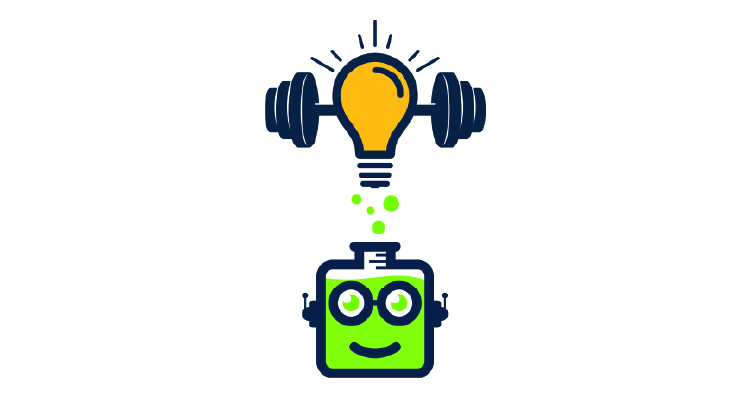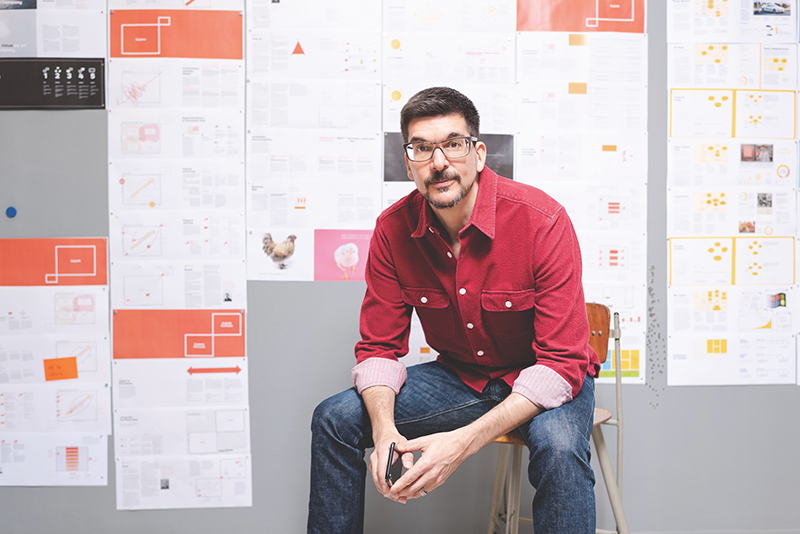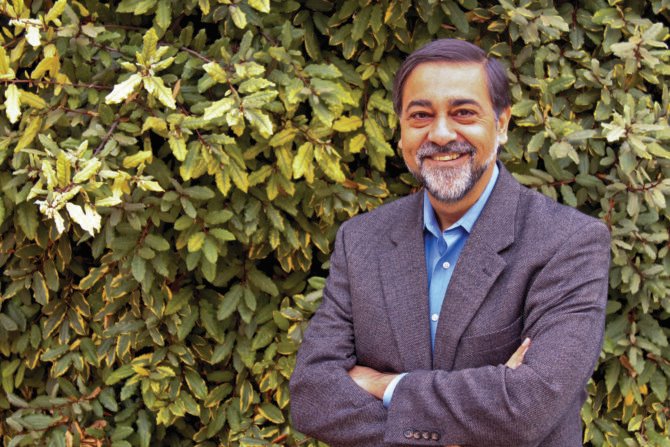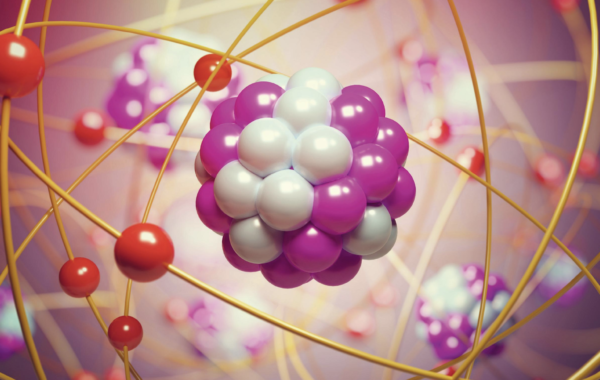Used smartly, generative AI has the power to become your creative superpower.
I see tension building in the executive war room. Stock tickers flashing red, a surprise product launch, market share slashed overnight. The chief marketing officer can only offer stale ideas: price cuts, service matching, advertising. With a board meeting looming, I take a risk and split executives into teams: one uses AI to play devil’s advocate to their ideas. In hours, they surface a bold pivot that the others miss – turning a defensive scramble into an offensive strike.
Welcome to now. Sure, AI sorts data and gives answers. But something special happens when it’s a creative partner. It amplifies your thinking. You can explore the marvelous.
“Humans who don’t embrace AI in a company will be replaced,” warns Anthony Tan, chief executive of ride-hailing app Grab. He launched a nine-week generative AI sprint, pausing operations to build features that reinvent experiences for employees, vendors, and customers. His aim? To make every worker superhuman with AI.
When you meet AI, sparks fly
Imagine sitting at your desk, tasked with dreaming up the next big idea, confronting a blank page. We’ve all been in that silent hell. But what if you had AI beside you to ask smart questions and deepen your thinking?
This happened recently at Procter & Gamble. In a sweeping field experiment described in a Harvard Business School working paper, teams worked alone, with peers, with AI, or both. Those using AI matched human teams in quality and outpaced them in speed, signaling that AI can mirror the collaborative edge of teamwork.
What’s more, AI users generated three times as many top-tier ideas – and those with limited product experience produced results on par with seasoned pros. AI didn’t just speed things up, it leveled the playing field. And people felt different, too: AI sparked excitement, reduced frustration, and left people feeling more connected to their work and themselves.
When AI speaks your language, it amplifies what you do and how you do it. The future of teamwork may not depend on who is in the room, but what kind of thinking partner you invite in.
How AI is rewriting the creative playbook
AI’s potential impact is far reaching, but three potential applications stand out today.
1. Personalization at scale Marketing teams were among the first to tap AI as a creative partner. Coca-Cola’s marketing group uses an “Automate, Augment, Analyze” approach, where AI automates routine tasks, augments creativity, and analyzes outcomes to fuel improvements. Samir Bhutada, vice president of digital transformation, explains that for “high-empathy tasks” like creative storytelling, the goal is to “augment humans with AI-enabled interfaces, both improving and speeding up creative generation.”
2. Customer service that connects AI can also transform the customer service experience. McKinsey has shared how a major retailer used
AI to handle customer support tickets. The AI replied in the brand’s voice, cut first-response times by 80%, and reduced resolution time by four minutes. That freed teams to focus on more complex customer needs.
Harry Solimeo, managing director of a medical practice, says AI has transformed how the practice handles patient communications. AI generates a starting point that can then be tailored.
“This normally would have been de novo creative work from a blank sheet of paper, and frankly the quality of what is produced is much greater,” says Solimeo. “If the AI results are the bones, you can concentrate on molding the flesh in a refined way.”
3. Collaboration, innovation and ideation The most exciting frontier is innovation. Teams are using AI to break through creative blocks and build bold solutions. To start with, AI can be employed as a brainstorming partner. “When designing workshops or improvement initiatives, I tap AI to explore angles, simulate perspectives, and fine-tune messages for impact,” explains healthcare consultant Stephanie Easthope. “I often ask AI to role-play different stakeholder perspectives, whether it’s a government leader, hospital executive, or frontline clinician, to anticipate concerns and refine messaging.”
Four paths to creative AI flow
Having worked with leaders across industries on using AI to fuel creativity, patterns emerged around how deeply people engage with AI, and the role they assign it – so I developed the Pace matrix to help unlock creative potential. Which of these four types sounds like you?
Personalized “I wasn’t sure where to begin, my ideas were fuzzy. So I fed the AI some details: my project goals, timeline, budget. It responded with structure, starter code, and first drafts. Its support turned my vague goals into action plans. I now know what to create.”
Adaptive “I had a tricky client situation. As I typed, the AI chatbot challenged me, shifted my thinking. It helped me practice empathy and persuasion. Now, I’m ready to face real clients.”
Collaborative “I stepped into a scenario where I had to outmaneuver our toughest competitor. Through dialogue with an AI avatar, I tested bold strategies. It kept me grounded with data on market share, cost and risk. I stayed in control but AI kept it grounded, realistic and deeply interesting.”
Experiential “I entered a virtual boardroom. The AI generated new conflicts in real time based on my choices. The experience was authentically unpredictable. It felt like we were co-piloting the situation together. It changed how I think and how I feel about strategic agility.”
Chances are you’ve already asked a chatbot to help draft an email or plan a project (Personalized). Maybe you’ve even role-played a cranky customer (Adaptive). But this is just scratching the surface.
Salesforce recently launched an immersive training tool where AI agents simulate prospect conversations. Sales reps rehearse pitches with lifelike video avatars, testing strategies, refining delivery and building confidence. In the Pace matrix, this is Collaborative. Accenture went even further with an Experiential application, through their “Nth Floor” VR onboarding platform. It helps global employees meet, train, and connect in creative ways.
This is the moment for ambition. As IBM has put it, AI is a springboard, not a crutch. Use it to spark ideas, shape drafts, explore scenarios. You’re still in charge. But with AI as your thinking partner, your creativity can stretch further, faster. Dive in with your full imagination and let AI amplify it. Your superhuman creativity starts now.



